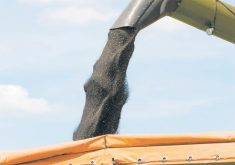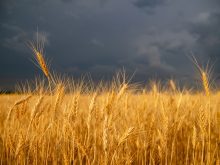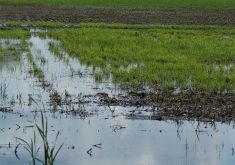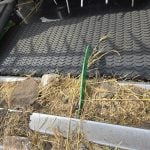For many reasons, the adoption of precision farming with variable rate technology is painfully slow.
On any patch of ground, whether it’s an acre or a square metre in size, a range of opinions will exist on what’s needed to optimize returns. Different soil test labs use different procedures and provide different results. Agronomists interpret the results differently and then you have to make an educated guess on crop prices and how much it’s going to rain.
Variable rate technology is a powerful tool and it will be the way of the future, but for now most producers don’t believe it’s worth the time, effort and money.
Read Also
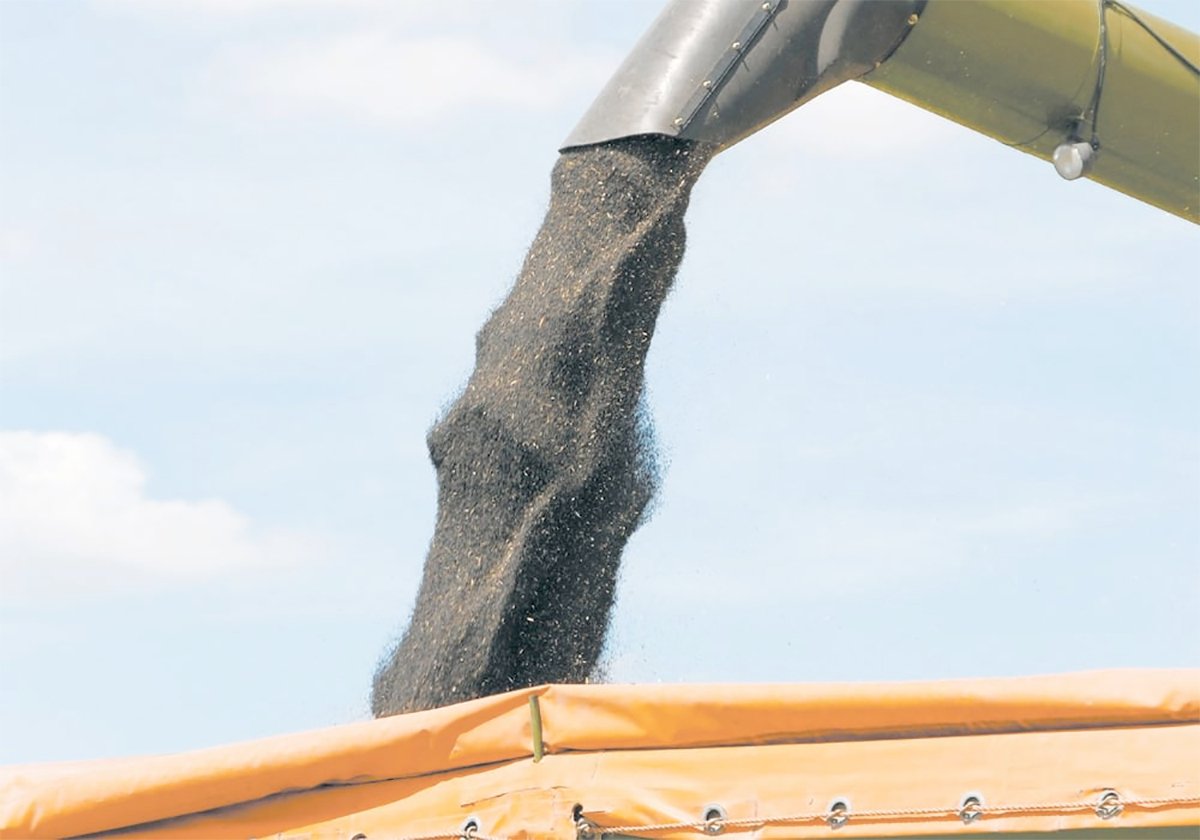
Determining tariff compensation will be difficult but necessary
Prime minister Mark Carney says his government will support canola farmers, yet estimating the loss and paying compensation in an equitable fashion will be no easy task, but it can be done.
While adoption continues, it’s also true that some producers have decided to take a time out after trying it for a year or two.
Much of this can be blamed on time constraints. With labour in short supply and many farms expanding, spring seeding is a time of long hours and incredible stress. Time lost to variable rate technology issues is unwelcome.
Machinery of different colours have trouble communicating, so best you’re completely loyal to one brand if you want to avoid variable rate stress. And best that you deal with someone who knows equipment as well as agronomy and not just one or the other.
Rather than intensify and try to adjust inputs to maximize returns, a more common strategy is to expand acres by buying and/or leasing more ground. Covering a lot of acres in a short period becomes the imperative.
Of course, many large and expanding farms are also deeply into variable rate technology, but despite all the precision farming hype, that isn’t the norm. Yes, more drones are taking images and yes, more producers subscribe to satellite field views, but knowing what to do with all the information is a tough nut to crack, so most don’t try.
Most fields across the Prairies aren’t even soil tested each year. Surveys show a surprisingly large percentage of producers use the same fertilizer rates on each particular crop and don’t vary from one field to the next. Timeliness of spraying and seeding demands simplicity, and that trumps the potential benefits from variable rate.
Spring operations are already a complicated balancing act. Producers need to decide on crop varieties, seeding rates, seed treatments, pre-seed burn-off herbicide mixes, herbicides with residual action, and spray water sources.
And equipment doesn’t always co-operate. A multitude of problems can and will arise with everything from augers and trucks to the tractors and seeders. You can pick up seed one day and run for parts the next.
Your labour may be inexperienced or so experienced that they are past retirement age and would like to slow down. Workers need to be fed and can have their own personal emergencies.
Meanwhile, the weather is an unpredictable variable that can throw a wrench into all your plans. Rain or a late spring snowstorm can cost valuable time. Frosty days and wind can thwart spraying plans.
Amidst all the stress and the long hours, it takes hardy souls to venture into the variable rate arena. While the theory is strong, the practicality is still evolving.
Almost all prairie crops are seeded and sprayed with the use of GPS guidance. Some consider that precision farming, and in a way it is. Variable rate technology is a different animal and is by no means mainstream yet, despite what some promoters would like you to believe.
Kevin Hursh is an agricultural journalist, consultant and farmer. He can be reached by e-mail at kevin@hursh.ca.




